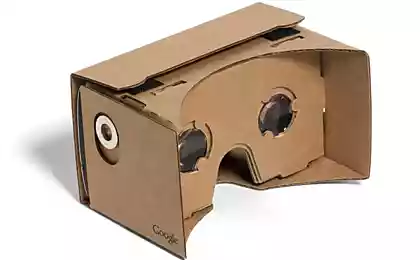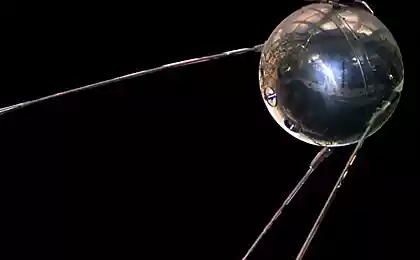1795
Top 5 scientific discoveries made with the help of Google Earth
With the help of satellites, scientists were able to explore the area, where anyone and thought to send scientific expeditions. And thanks to Google Earth, made a whole series of important discoveries, and sometimes these discoveries are made completely random people.
Remains of an ancient Roman villa, 2005
One of the oldest archaeological discoveries made in Google Earth, took place in 2005. Ironically, the author of the discovery, a local resident Luca Mori just launched a program to inspect the area near his home in Parma. Quite unexpectedly, he noticed a strange oval artifact in the fields near the town.

One of the oldest archaeological discoveries made in Google Earth, took place in 2005. Ironically, the author of the discovery, a local resident Luca Mori (Luca Mori) just launched a program to explore the area near his home in Parma. Quite unexpectedly, he noticed a strange oval artifact in the fields near the city.
Luca Mori took him for a computer glitch, but still informed the specialists of the National Archaeological Museum, which organized the expedition. Immediately after the excavation, they found the remains of ancient pottery and Roman villa built BC.
Australopithecus sediba age 2 million years, South Africa, 2008

Bold paleoanthropologist Lee Berger went to brave the study of South Africa, running Google Earth in the comfort of his office. Professor began to explore the limestone caves in the area of South Africa, which is known to scientists as the Cradle of Humankind.
Remains of an ancient Roman villa, 2005
One of the oldest archaeological discoveries made in Google Earth, took place in 2005. Ironically, the author of the discovery, a local resident Luca Mori just launched a program to inspect the area near his home in Parma. Quite unexpectedly, he noticed a strange oval artifact in the fields near the town.

One of the oldest archaeological discoveries made in Google Earth, took place in 2005. Ironically, the author of the discovery, a local resident Luca Mori (Luca Mori) just launched a program to explore the area near his home in Parma. Quite unexpectedly, he noticed a strange oval artifact in the fields near the city.
Luca Mori took him for a computer glitch, but still informed the specialists of the National Archaeological Museum, which organized the expedition. Immediately after the excavation, they found the remains of ancient pottery and Roman villa built BC.
Australopithecus sediba age 2 million years, South Africa, 2008

Bold paleoanthropologist Lee Berger went to brave the study of South Africa, running Google Earth in the comfort of his office. Professor began to explore the limestone caves in the area of South Africa, which is known to scientists as the Cradle of Humankind.























